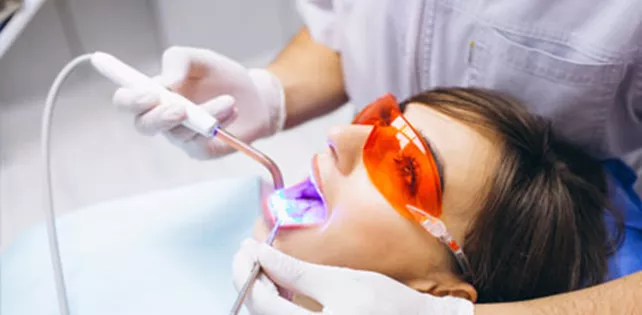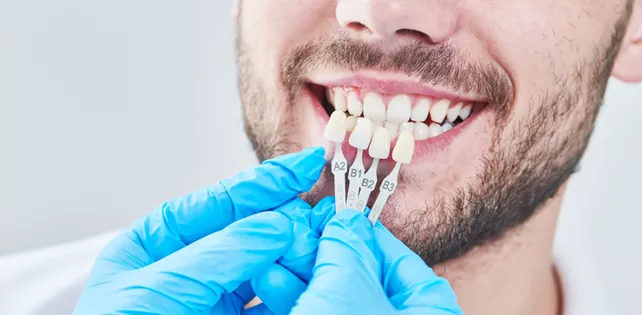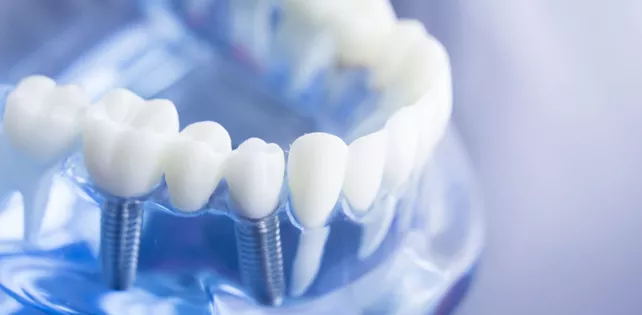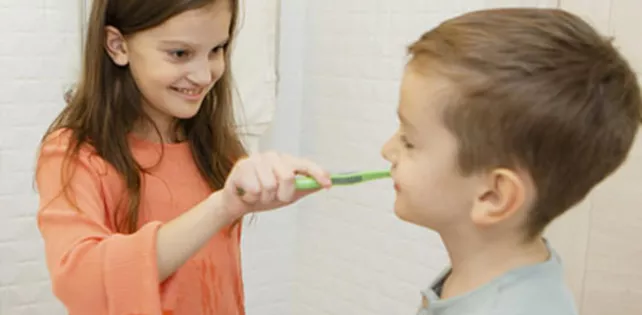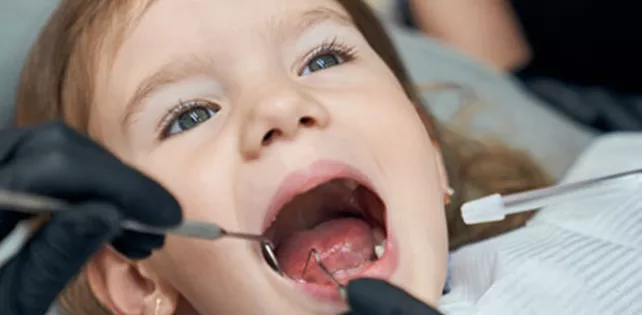Protective Athlete Plates
Protective Athlete Plates: The Essential Guide to Custom Sports Mouthguards
Sports and physical activities offer numerous health benefits, from improving cardiovascular fitness to enhancing mental well-being. However, with these activities comes the risk of injury, especially to the face and mouth. According to the American Dental Association, athletes are 60 times more likely to suffer harm to the teeth when not wearing a mouthguard. Protective athlete plates—commonly known as custom sports mouthguards—are an effective solution to protect athletes from dental trauma and other orofacial injuries.
What Are Protective Athlete Plates?
Protective athlete plates are specially designed mouthguards crafted to fit an individual athlete’s mouth perfectly. These devices are made from high-quality, shock-absorbing materials and are worn over the teeth during sports to cushion blows and reduce the risk of fractures, tooth loss, jaw injuries, and soft tissue damage.
Why Are Protective Athlete Plates Important?
Contact sports such as football, boxing, hockey, rugby, and basketball pose a significant risk of orofacial injuries. Even in non-contact sports like gymnastics or skateboarding, falls and accidental impacts can cause serious damage to teeth and the jaw. Protective athlete plates serve several critical purposes:
- Prevent Dental Injuries: They significantly reduce the risk of chipped, fractured, or knocked-out teeth.
- Protect Soft Tissues: The cushioning effect minimizes injuries to lips, tongue, cheeks, and gums.
- Reduce Jaw Impact: Mouthguards help absorb and distribute impact forces, reducing the risk of jaw fractures and concussions.
- Improve Performance Confidence: Knowing they have protection, athletes can focus more on their performance without fear of injury.
Types of Sports Mouthguards
There are three primary types of sports mouthguards:
1. Stock Mouthguards
Pre-formed and ready to wear, stock mouthguards are the most affordable option. However, they tend to be bulky, less comfortable, and often require biting down to stay in place, which can interfere with breathing and speaking.
2. Boil-and-Bite Mouthguards
These mouthguards are softened in hot water and then molded to the teeth by biting down. They offer better fit than stock mouthguards but can still be bulky and less precise compared to custom versions.
3. Custom-Made Mouthguards (Protective Athlete Plates)
Custom mouthguards are created from impressions of the athlete’s teeth by a dental professional. They provide superior fit, comfort, and protection. These mouthguards allow for easier breathing and speaking and are more durable, making them the preferred choice for serious athletes.
The Custom Mouthguard Fabrication Process
Getting a protective athlete plate custom-made involves several steps:
- Consultation: The athlete visits a dentist or orthodontist to discuss their needs and sports activities.
- Dental Impressions: Precise molds of the upper and sometimes lower teeth are taken using dental putty or digital scanning technology.
- Fabrication: Using the impressions, technicians create a mold and fabricate the mouthguard with layered thermoplastic materials designed for shock absorption.
- Fitting: The athlete tries on the mouthguard, and adjustments are made to ensure maximum comfort and fit.
Benefits of Custom Protective Athlete Plates
- Superior Fit and Comfort: Tailored exactly to the teeth, reducing irritation and slippage.
- Optimal Protection: Precisely contoured for maximum shock absorption.
- Better Breathing and Speech: Slimmer design allows for easier airflow and communication.
- Durability: Made from high-quality materials that resist tearing and wear.
- Personalization: Can be customized with colors, logos, or designs.
Who Needs Protective Athlete Plates?
Protective athlete plates are recommended for anyone participating in sports or activities with a risk of facial impact, including but not limited to:
- Football and rugby players
- Boxers and martial artists
- Ice hockey and field hockey players
- Basketball and soccer players
- Skateboarders and BMX riders
- Gymnasts and dancers
- Baseball and softball players
- Wrestlers
How Protective Athlete Plates Prevent Injuries
The mouthguard works by creating a protective barrier that cushions the teeth and soft tissues. When a forceful impact occurs, the material of the mouthguard absorbs and distributes the energy, lessening the direct impact on the teeth and jawbone. This reduces the likelihood of:
- Tooth fractures and avulsions
- Soft tissue lacerations
- Jaw fractures
- Concussions caused by mandibular impact
Maintaining and Caring for Your Protective Athlete Plate
Proper care of your custom mouthguard ensures it remains effective and hygienic:
- Clean it daily with a toothbrush and cool water after use.
- Occasionally soak in an antimicrobial mouthwash or denture cleaner.
- Avoid hot water which can distort the shape.
- Store in a ventilated case to prevent bacterial growth.
- Inspect regularly for wear or damage and replace if necessary.
- Bring it to dental check-ups for professional cleaning and inspection.
Signs Your Protective Athlete Plate Needs Replacement
Although custom mouthguards are durable, they do wear out over time. Replace yours if you notice:
- Cracks, tears, or holes in the material
- Reduced fit or looseness
- Discoloration or persistent odor
- Changes in your teeth or dental work affecting fit
Common Questions About Protective Athlete Plates
Can I use one mouthguard for multiple sports?
Yes, custom protective plates are versatile and suitable for most sports. However, some contact sports may require specific designs or thickness levels.
Do mouthguards interfere with breathing?
Custom-fit mouthguards are designed to allow easy breathing and do not significantly interfere with athletic performance.
How often should I replace my mouthguard?
Typically, every 1-3 years, depending on use and wear. Children may need replacements more frequently as their teeth grow and change.
Are mouthguards covered by insurance?
Some dental insurance plans partially cover custom mouthguards, especially if prescribed by a dentist.
Innovations in Protective Athlete Plates
Advancements in technology have enhanced custom mouthguards with features such as:
- 3D printing: Digital scans allow for precise fabrication.
- Smart mouthguards: Embedded sensors monitor impact forces and provide data to coaches and medical staff.
- Anti-microbial coatings: Reduce bacterial buildup and odors.
- Improved materials: Thinner, lighter, yet highly protective thermoplastics.
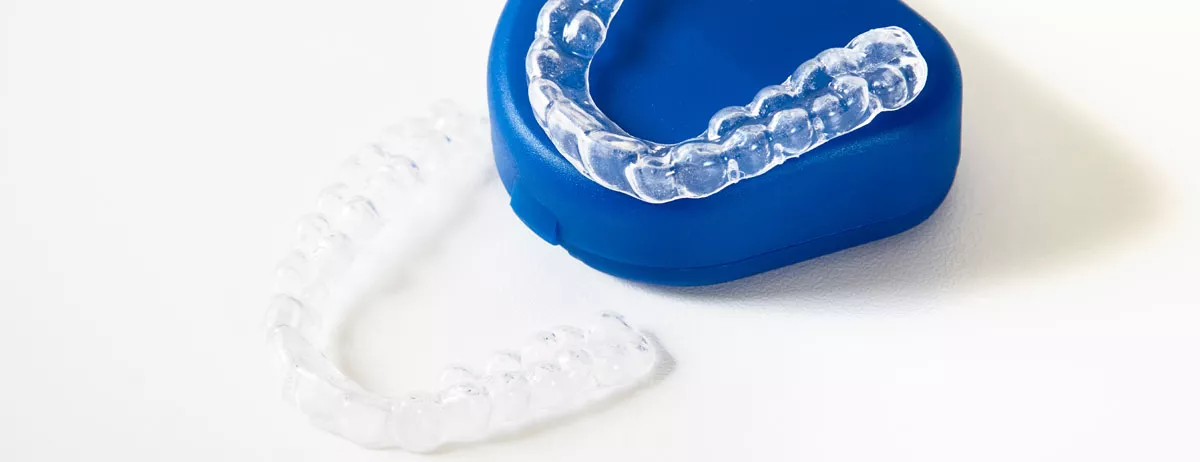
In accidents that result in tooth breakage and tooth dislocation, which may occur in football, basketball and Far Eastern sports, the teeth in the front aesthetic area of the upper jaw are usually damaged. In these accidents where the teeth and lips are damaged together, the lower and upper teeth usually hit each other tightly and the lip gets stuck in between. There may be breaks and cracks in the teeth.
To protect yourself from these negativities, you can use sports protective plates prepared according to the size your dentist will take. Another thing you should pay attention to is that children's chin sizes will change as their shoe sizes change, and you will need to have these plates renewed at least once a year.
EŞREF GÜLER


